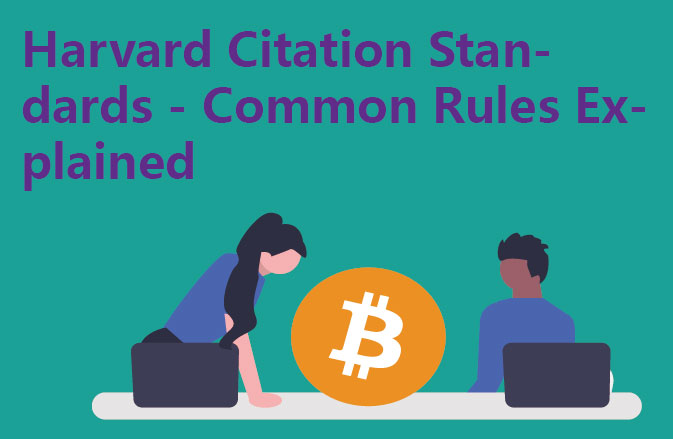The rigour and precision of Harvard’s literature citation is a well-recognised and widely applied academic norm. Whether we are citing specific books, journal articles, or webpage materials, there are clear rules and standards for us to follow. Mastering these basics can not only enhance the credibility of our academic arguments, but also avoid academic misconduct, which is really two birds with one stone! This article elaborates on the basic rules of Harvard citation, including how to correctly cite books, journals, and web pages, and also provides detailed steps for in-text citation (Citation/In-text Reference). Let’s learn together!
I. Harvard Literature Citation Format
1. font selection: please be sure to use Times New Roman or Arial font, font size uniformly set to 12.
2. line spacing settings: double-spaced, so that the text is more clear and easy to read.
3. Margin adjustment: leave a 1-inch blank area on both sides of the text to ensure a beautiful and tidy layout.
4. paragraph alignment: left-aligned, in line with reading habits.
5. Paragraph indentation: 0.5 inches at the beginning of each paragraph, so that the paragraph level is clear. 6.
6. Title and page number processing: If the content of the text under a subheading exceeds one page, the subheading and page number should be placed in the upper right corner of each page; if the subheading is too long, it is recommended to shorten it appropriately.
Second, Harvard literature citation examples
1. Citing books
The format is as follows: author’s last name, first initial capitalised, then the year of publication, followed by the title of the book, then the place of publication and publisher. For example, John Smith (2019), ‘The Book Title’, City, Publisher.
2. Citing Journals
The format is as follows: author’s last name, first initial capitalised, followed by the year of publication or issue, followed by the title of the paper, followed by the title of the journal, followed by the total volume number (the number of the current issue) and the page number. For example, John Smith et al. (2018), ‘The Paper Title’, Journal Name, Vol. XXVIII, No. 1, pp. 123-134.
3. Citation page
The format is as follows: author’s last name, first initial capitalised, then the year, then the article title, then the journal name, and finally the URL (date of access). For example, John Smith (2017), ‘The Article Title’, Journal Name, www.example.com, accessed on 1st January 2017.
Third, in-text citation (Citation/In-text Reference)
1. immediately after the cited statement, followed by parentheses containing the surname of the first author of the document + the year of publication of the document. Note that the citation should be preceded by commas, full stops, and other punctuation marks.
2. for 2 to 3 authors, use ‘&’ to connect the surnames of the authors; if there are more than 3 authors, use ‘et al.’ instead.
3. if an author belongs to a specific organisation, the organisation can be cited directly.
4. If there is no specific author information, you can directly cite the name of the literature, and marked in italics in the list of references at the end of the article.
Harvard Literature Citation Examples
1. Journal citation
The format is as follows: last name, first name initial capitalised, year of publication, title of the document, name of the journal (in italics), vol. journal number, no. issue code, pp. page number – page number. For example, Smith, J., Johnson, K., & Williams, L. (2016), ‘The Study of X’, Journal Name, vol. XXXVI, no. 1, pp. 123-134.
2. newspaper article citation
The format is as follows: last name, first capital letter of first name, year, title of article, name of newspaper (in italics), date of publication, page number. For example, Johnson, K. (2015), ‘The News Report’, Daily News, 1st January 2015, p. 12.
3. Book citation
The format is as follows: last name, first name initial capitalised, year of publication, book title (in italics), publisher, place of publication. For example, Smith, J. (2014), ‘The Book Title’, Publisher, City.
4. Web citation
The format is as follows: author’s last name, first name, article title, website, ‘Web’, date viewed. For example, Smith, J. (2013), ‘The Article Title’, Website, www.example.com, accessed on 1st January 2013.
Harvard literature citation norms to make your academic research more persuasive!
Through the above introduction, I believe you have gained an in-depth understanding of the basic rules of Harvard literature citation. I hope you can master these skills, improve your academic literacy, and lay a solid foundation for your future academic path. Cheer up, dear scholars!




